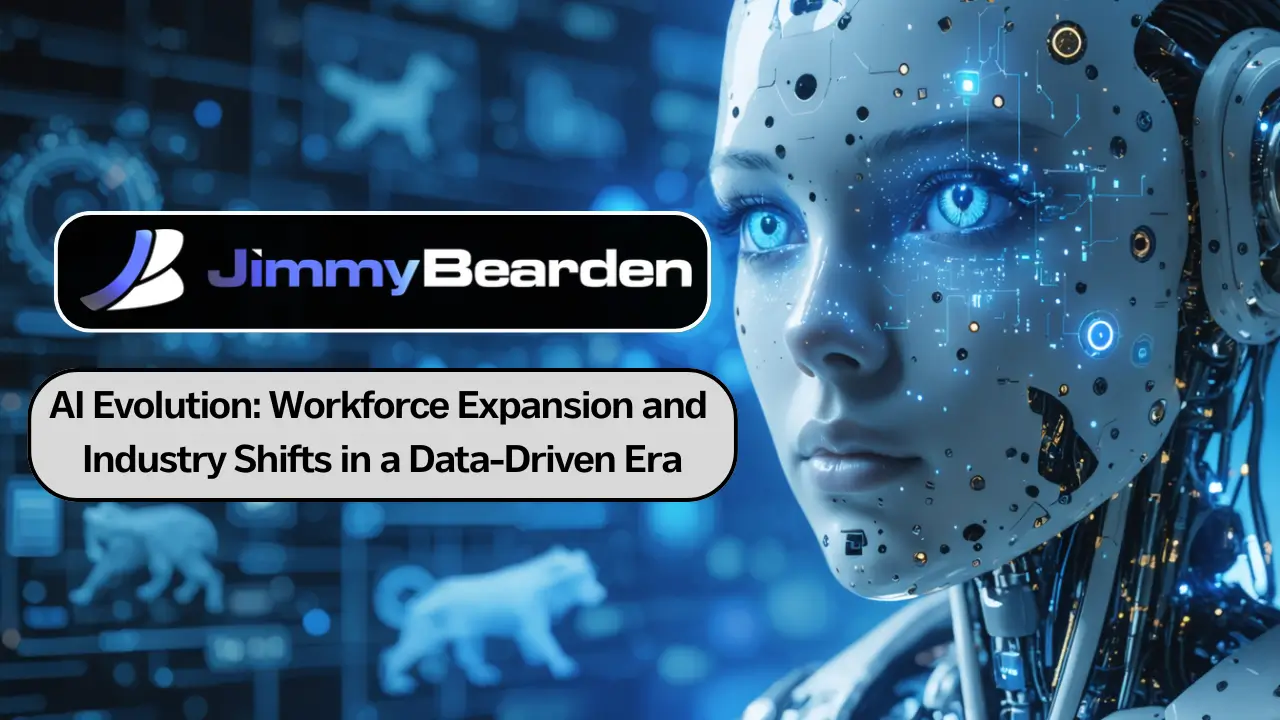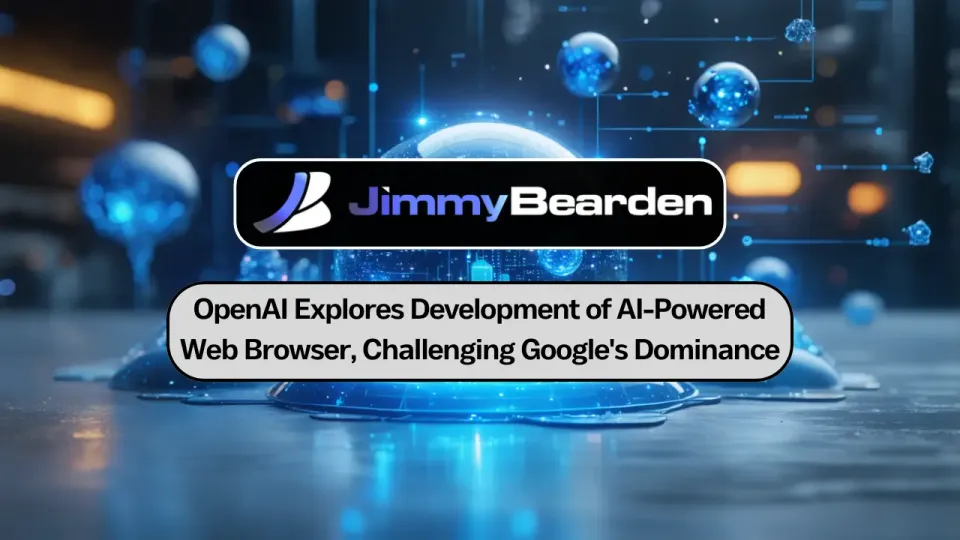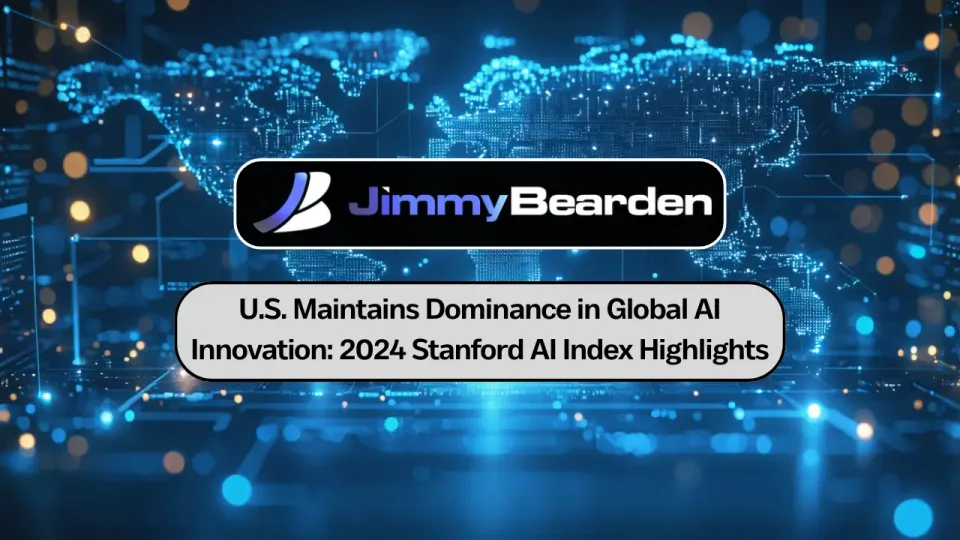AI Evolution: Workforce Expansion and Industry Shifts in a Data-Driven Era

AI Hiring and Workforce Dynamics
The field of artificial intelligence is experiencing a notable shift towards an increase in hiring, as contrary to the traditional fear of AI-induced job displacement. Industry expert Marc Andreessen articulates a vision of an AI hiring boom driven by the urgent need for human oversight and the necessity to provide quality data for training and refining AI models. This trend underlines the paradox where the rise of AI simultaneously requires more human inputs, notably in monitoring and data generation.
One of the central challenges facing the AI industry is the finite availability of high-quality human data necessary for training AI models. This limitation is anticipated to constrain the scaling capabilities of AI technologies. Experts predict that the accessibility of public data suitable for training purposes will reach a bottleneck between 2026 and 2032, urging a strategic shift in data generation efforts.
The Evolving AI Job Market
To address the limitations in data availability, technology companies are turning to a workforce of highly educated professionals, such as programmers, doctors, and lawyers, to manually create and enhance the data pool. This strategic move not only helps in generating new knowledge but also sharpens the accuracy and effectiveness of AI systems across different domains.
The AI job market itself is witnessing substantial growth. Particularly prominent in information technology, software development, and financial services, there is a marked increase in job postings related to AI. As of August 2024, AI-related roles constituted approximately 5.4% of total job postings within the software development sector, indicating both opportunity and a competitive edge for job seekers with AI expertise.
Remote Work and AI Integration
The global shift towards remote work has significantly influenced the AI sector, with approximately 12% of AI job postings now offering remote positions. This development provides increased flexibility for both employers and potential employees, broadening the scope for talent acquisition without geographical constraints. This adaptability reflects a broader trend towards incorporating AI-driven solutions in hiring processes, where a significant majority (81%) of companies plan to invest in automated and enhanced recruiting through AI.
Moreover, the integration of AI across various sectors is evident in its growing application within financial services. Companies such as S&P Global are leveraging generative AI to tackle complex financial tasks including dataset query processing, document analysis, and research support using natural language capabilities. This trend signifies the permeation of AI technologies into traditional and evolving business models, emphasizing the need for robust AI infrastructure.
Investment and Skill Adaptation
Investment in AI infrastructure is crucial for sustaining the growth and application of AI technologies. This is exemplified by initiatives like CoreWeave's notable $650 million secondary share sale involving prominent investors such as Cisco Systems and Pure Storage. These investments primarily focus on enhancing AI infrastructure with Nvidia GPU-based services, underlining an industry-wide commitment to advancing AI capabilities.
In the evolving landscape shaped by AI, workers must adapt by acquiring new skills to maintain relevance. There is a discernible trend of diminishing demand for skills readily performed by AI, contrasted with increasing demand for skills that either leverage AI or remain outside its operational capacity. This heralds a shift in workforce dynamics where adaptability and continuous learning are paramount for navigating the AI-driven era.
"Joining this community has been a game-changer for staying updated on the latest trends & events!" - John B.





